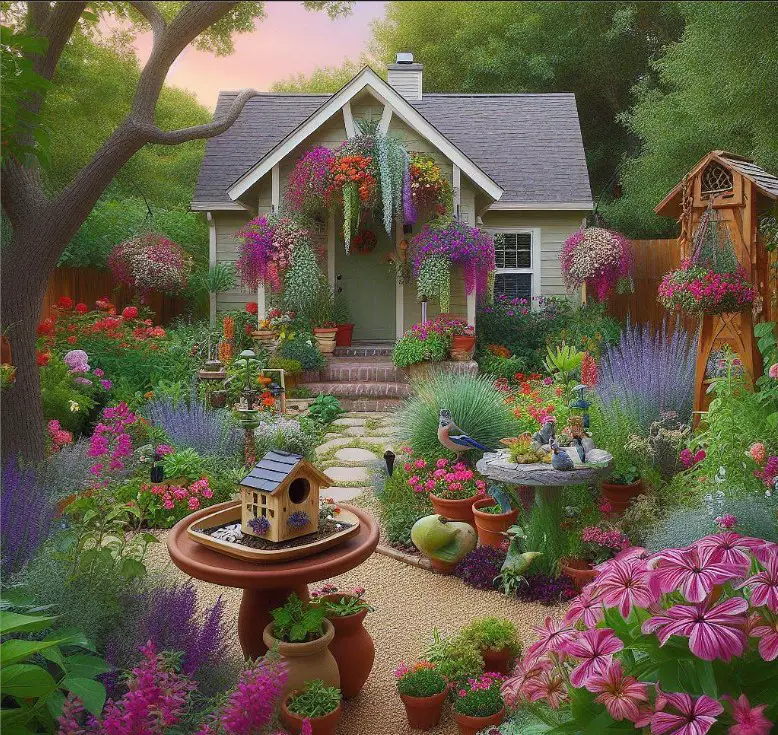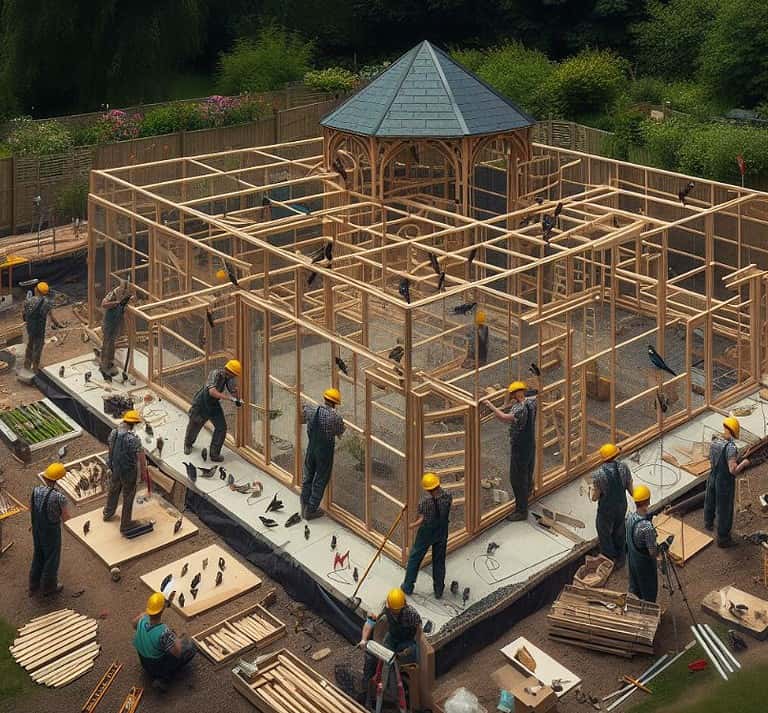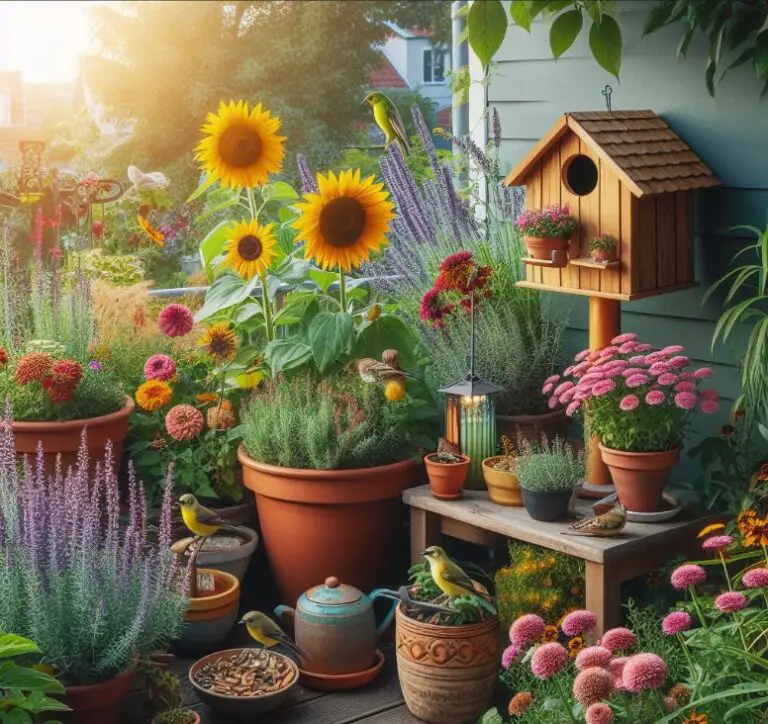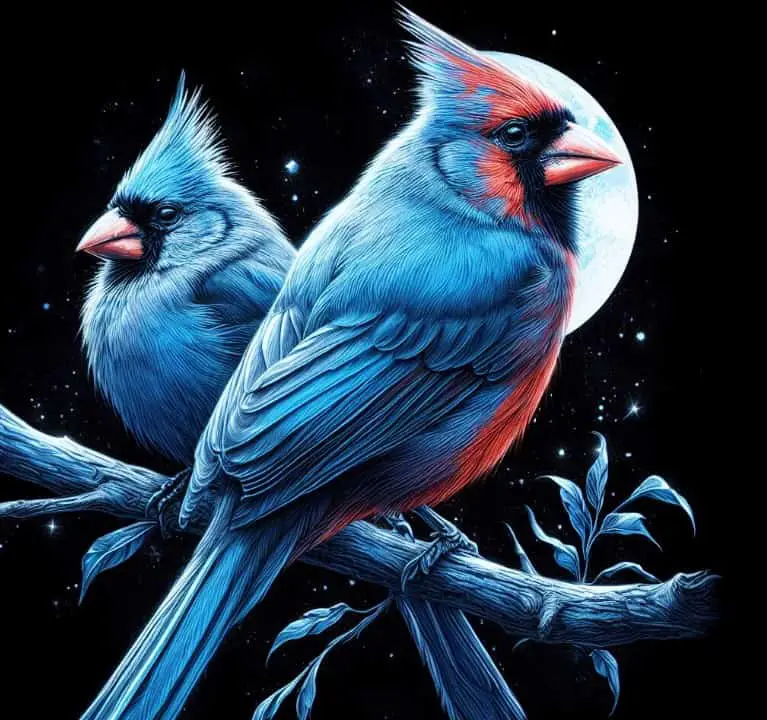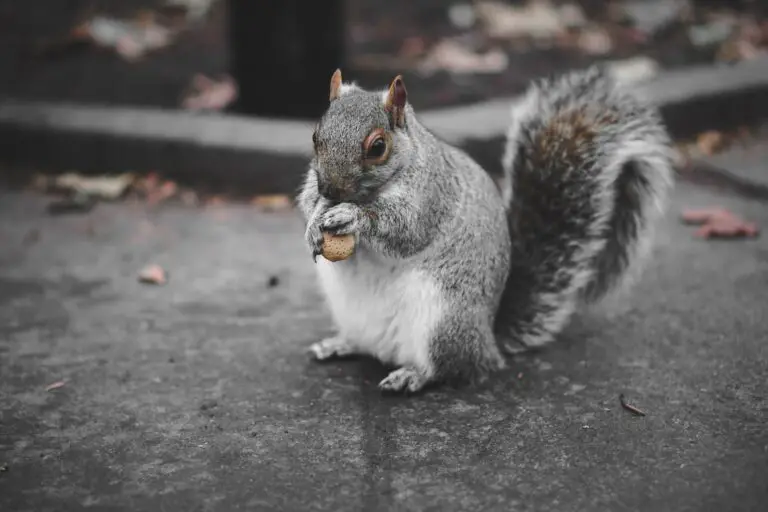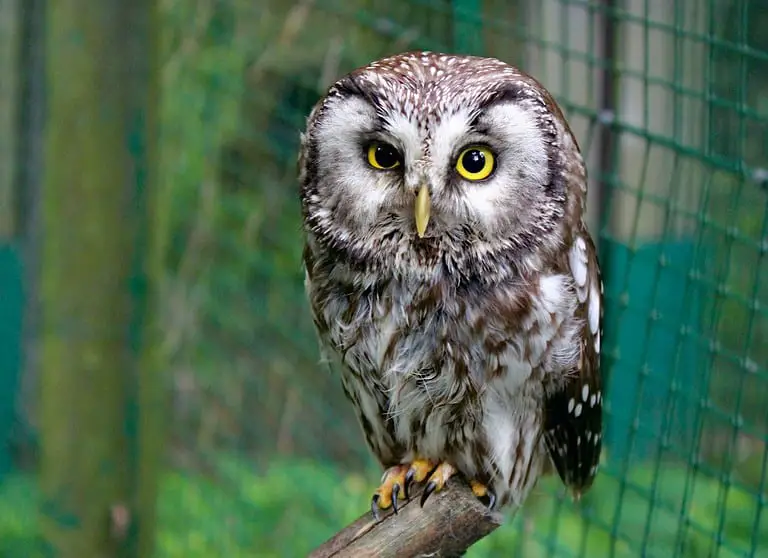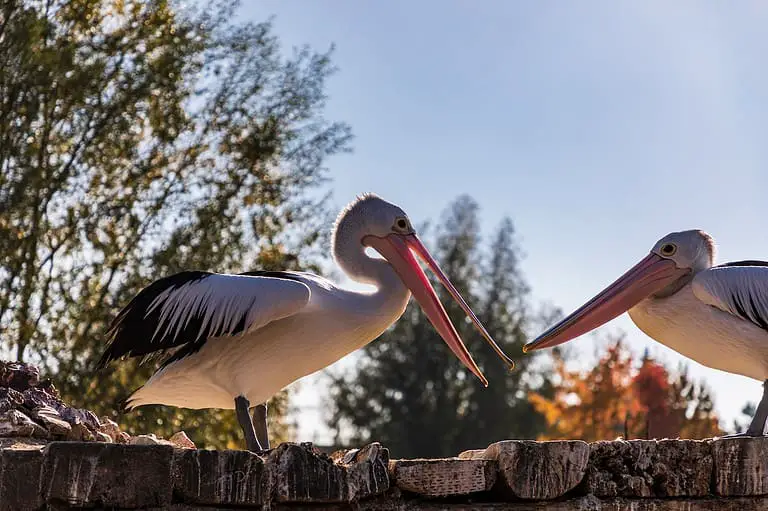9 Best Strategies for a Bird-Friendly Backyard Oasis
As I step into my backyard, I’m greeted by a symphony of bird songs and fluttering wings.
Creating a Bird-Friendly Backyard Oasis is about more than just attracting feathered friends – it’s about fostering a space where they can thrive.
With these 9 strategies, I’ve transformed my backyard into a haven for our avian companions.
From selecting native plants to installing water features and providing shelter, each step has brought me closer to nature’s beauty.
It’s not just about watching birds; it’s about coexisting with them in a space where they feel safe and welcomed.
So, let’s dive into these strategies and create a backyard paradise where birds can spread their wings and soar.
Native Plant Selection
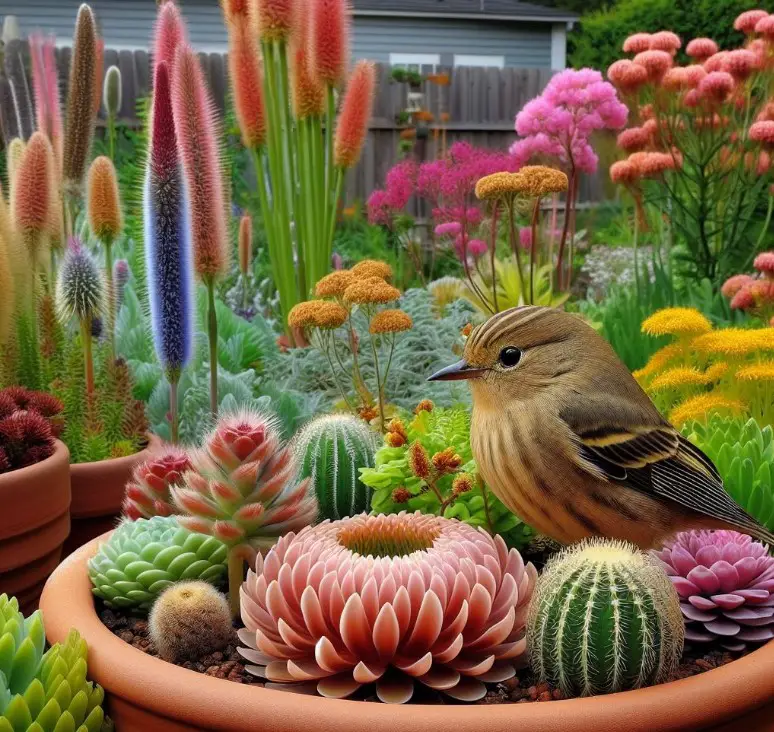
When creating a bird-friendly backyard oasis, I always prioritize native plant selection to provide food and habitat for local bird species.
It’s essential to start with proper soil preparation to ensure that the native plants thrive.
I focus on enriching the soil with organic matter like compost and mulch to create a healthy environment for the plants to grow.
This not only benefits the plants but also attracts insects, which are an important food source for many bird species.
In addition to soil preparation, sunlight exposure is crucial when selecting and placing native plants in the backyard.
I carefully consider the sunlight requirements of each plant to ensure they receive the appropriate amount of sunlight for healthy growth.
This also helps in creating diverse environments within the backyard, catering to the needs of various bird species that prefer different levels of sunlight exposure.
Water Feature Installation

Incorporating a water feature into my backyard oasis has been an effective way to further enhance the habitat for local bird species.
Not only does it provide a source of drinking and bathing water for the birds, but it also adds a soothing and tranquil element to the landscape.
To attract a diverse range of bird species, I’ve ensured that the water feature is well-maintained and clean.
Regular maintenance, such as cleaning, refilling, and balancing the water feature, is crucial to ensure its effectiveness in attracting wildlife.
Additionally, the presence of a water feature has attracted pollinators like butterflies and bees, further contributing to the ecological balance of my backyard.
| Water Feature Installation |
|---|
| Benefits |
| – Provides drinking and bathing water for birds |
| – Attracts pollinators like butterflies and bees |
| Maintenance |
| – Regular cleaning and refilling |
| – Balancing the water feature |
| Environmental Impact |
| – Positively contributes to the ecological balance |
| – Requires minimal water usage |
Installing a water feature not only enhances the beauty of my backyard but also provides numerous benefits for wildlife while requiring minimal maintenance and water usage.
Bird Feeder Placement
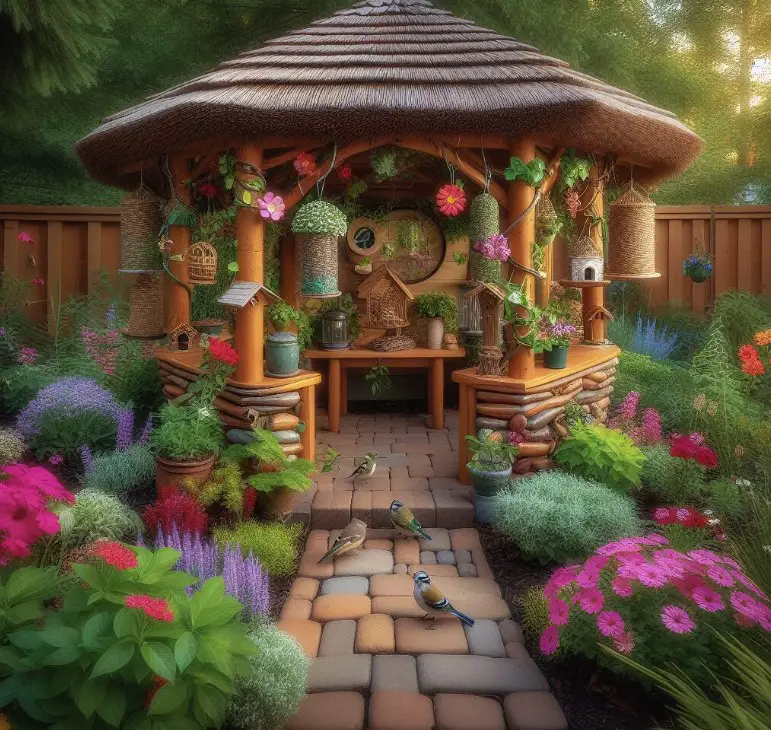
I positioned the bird feeder in a shaded area near natural cover to provide birds with a sense of security while they feed.
This setup allows them to retreat to safety if they feel threatened, promoting a relaxed feeding environment.
To prevent squirrels from raiding the feeder, I installed a baffle to deter them.
Regular bird feeder maintenance is crucial to ensure it remains a welcoming spot for our avian friends.
I clean the feeder and surrounding area often to prevent the spread of disease, especially during warmer months when bacteria can thrive.
Additionally, seasonal adjustments to the type of feed offered can attract a wider variety of bird species.
For example, in the winter, I provide high-energy foods like suet and black oil sunflower seeds, while in the spring and summer, I offer a mix of seeds, fruits, and nectar to accommodate diverse dietary preferences.
Bird feeder sanitation is vital to keep our feathered visitors healthy and happy, ensuring that they continue to grace our backyard oasis with their presence.
Nesting Box Provision
I’ve found that providing proper nesting boxes and placing them in ideal locations is crucial for creating a welcoming habitat for birds in my backyard.
The right type of nesting box can attract a variety of bird species, while strategic placement can ensure safety and protection for nesting birds.
Proper Nesting Box
A proper nesting box is essential for attracting and providing a safe habitat for birds in your backyard. When it comes to nesting box design, consider the specific needs of the bird species in your area.
Different species have different requirements for entrance hole size, interior dimensions, and placement. Research the specific needs of the birds you want to attract to ensure your nesting box meets their requirements.
As for nesting box maintenance, it’s crucial to clean out old nesting material after each brood has fledged to prevent the spread of parasites and diseases. Inspect the box regularly for wear and damage, and make any necessary repairs to ensure it remains a safe and secure nesting site.
Ideal Placement Location
Selecting the ideal placement location for a nesting box is crucial for attracting and providing a safe habitat for backyard birds. When deciding where to position your nesting boxes, consider the following:
- Sunlight Exposure: Choose a location that receives the right amount of sunlight, as it helps to keep the nest warm and dry, and aids in the growth of plants and insects that birds feed on.
- Landscape Integration: Ensure the nesting box blends seamlessly into the landscape, providing a natural and welcoming environment for birds.
- Wind Protection and Visual Appeal: Position the nesting box in a place that offers protection from harsh winds while also enhancing the visual appeal of your backyard.
These considerations will help create an inviting and secure space for birds to nest and thrive. Now, let’s delve into effective predator control measures.
Predator Control Measures
I’ve found that implementing safe bird feeders, creating natural perching spots, and providing secure nesting areas are crucial predator control measures for a bird-friendly backyard oasis.
By choosing bird feeders with built-in baffles or cages, I can prevent access to predators such as cats and squirrels.
Additionally, planting dense shrubs and trees offers birds a safe place to perch and hide from potential threats.
Safe Bird Feeders
When setting up safe bird feeders in my backyard, I always prioritize predator control measures to ensure the birds’ safety.
To create a bird-friendly environment, I focus on:
- Feeder Maintenance: Regularly cleaning and repairing feeders to prevent predators from being attracted to spilled seeds or gaining access to the feeding areas.
- Bird Species Identification: Learning about the specific bird species that visit my backyard, their behaviors, and preferred feeding habits to better understand how to protect them from potential predators.
- Strategic Placement: Positioning the feeders in open areas away from potential hiding spots for predators, such as dense shrubbery or low-hanging tree branches, to minimize the risk of surprise attacks.
Natural Perching Spots
To deter predators and create safe perching spots for birds, I strategically plant tall, dense vegetation in my backyard.
By mimicking their natural habitat, I provide birds with proper perching options and a sense of security.
Understanding bird behavior and perch selection has guided me in optimizing my backyard oasis for our feathered friends.
Here’s a glimpse of the natural perching spots I’ve incorporated:
| Natural Perching Spots |
|---|
| Tall Trees |
| Dense Shrubs |
| Climbing Vines |
These natural elements not only offer birds a place to rest and observe their surroundings, but also serve as a deterrent to ground-based predators.
Creating a bird-friendly environment goes beyond just providing food; it’s about fostering a space where birds can thrive in their natural behaviors and feel safe.
Secure Nesting Areas
Establishing secure nesting areas involves implementing predator control measures to safeguard the well-being of nesting birds in my backyard oasis.
To create a safe haven for nesting birds, I focus on the following predator control measures:
- Install a predator guard on birdhouses to prevent access by raccoons, snakes, and other climbing predators.
- Utilize motion-activated sprinklers to deter cats, raccoons, and other ground-dwelling predators from approaching nesting areas.
- Regularly trim nearby trees and bushes to eliminate potential perches for predatory birds, reducing the risk of nest predation.
Understanding the nesting habits and preferences of different bird species allows me to tailor these predator control measures to ensure the safety and security of nesting birds.
Avoidance of Pesticides
I prioritize avoiding pesticides in my backyard to create a bird-friendly environment. Instead of using harmful pesticides.
I opt for pesticide alternatives to protect the wildlife and promote conservation.
Pesticides not only harm the targeted pests but also have detrimental effects on the ecosystem, including birds and other wildlife.
By banning the use of pesticides in my backyard, I ensure that my outdoor space remains a safe haven for all creatures.
It’s important to understand the harmful effects of pesticides on birds and their habitats.
Pesticides can contaminate water sources, poison insects that birds rely on for food, and even directly harm the birds themselves.
Choosing natural pest control methods, such as introducing pest-eating insects or planting pest-resistant plants, is a more sustainable approach that supports a healthy ecosystem.
In my pursuit of a pesticide-free backyard, I actively support the idea of wildlife conservation. By fostering a pesticide-free environment.
I encourage the presence of diverse bird species and contribute to the overall health of the ecosystem.
This approach not only benefits the birds but also enhances the beauty and balance of my backyard oasis.
Adequate Shelter Creation
Creating suitable shelter for birds in my backyard is essential for their safety and well-being. When it comes to DIY shelter construction.
I’ve found a few simple yet effective ways to provide adequate protection for our feathered friends.
Here are some strategies I’ve used to create a bird-friendly sanctuary:
- Birdhouses: Building and installing birdhouses around the yard provides cozy nesting spots for birds to raise their young. I’ve enjoyed constructing these DIY shelters using natural, untreated wood to ensure a safe and comfortable environment for the birds.
- Roosting Boxes: In colder climates, roosting boxes offer birds a place to seek refuge from harsh weather conditions. I’ve built these boxes with entrance holes designed to keep out larger predators, providing a secure space for birds to stay warm during winter months.
- Predator Deterrents: Implementing predator deterrents such as motion-activated sprinklers or placing feeders and shelters in open areas away from potential hiding spots, helps to keep birds safe from unwelcome visitors.
Behavioral Observation Practices
One can gain valuable insights into the behavior of backyard birds by regularly observing their interactions and movements within the yard.
Bird watching is an incredibly rewarding activity that allows for a deeper understanding of avian behavior.
By paying close attention to the feeding habits of different bird species, one can identify their preferred food sources and feeding patterns.
This knowledge can be used to strategically place bird feeders and birdbaths in the yard to attract a diverse range of bird species.
Additionally, observing the social dynamics and territorial behaviors of birds can provide insight into their interactions with one another and help in creating a harmonious backyard environment that caters to the needs of various bird species.
Transitioning into community engagement initiatives, it’s important to note that behavioral observation practices can also serve as a foundation for fostering a sense of community among fellow bird enthusiasts.
Sharing observations and experiences with neighbors and local birdwatching groups can’t only enhance our understanding of backyard birds but also create a network of individuals dedicated to preserving and promoting avian diversity in our communities.
Community Engagement Initiatives
Transitioning from behavioral observation practices, it’s essential to engage with the community to share our knowledge and experiences to foster a sense of unity among fellow bird enthusiasts. This engagement can take various forms, including:
- Volunteer involvement: Encouraging community members to actively participate in bird-friendly initiatives, such as birdhouse building, nest monitoring, or habitat restoration projects, can create a stronger bond among neighbors while benefitting local bird populations.
- Community events: Organizing bird-watching outings, bird-themed festivals, or nature walks can bring people together, allowing them to share their passion for birds and learn from one another in a relaxed and enjoyable setting.
- Outreach programs, educational workshops: Hosting educational workshops on bird identification, bird-friendly gardening, or bird conservation can empower individuals to make a positive impact in their own backyard, fostering a sense of responsibility and connection to the avian world.
These initiatives not only create a sense of community but also serve to spread awareness and appreciation for our feathered friends, ultimately contributing to the creation of a more bird-friendly environment for everyone to enjoy.
Conclusion
As I look out into my backyard, I can’t help but feel a sense of wonder and joy at the diverse bird species that now call it home.
By implementing these 9 strategies, I’ve created a thriving bird-friendly oasis right in my own yard.
But the best part? The potential for even more bird-watching excitement is just around the corner. Who knows what new feathered friends will visit next?
It’s a backyard adventure waiting to unfold!

